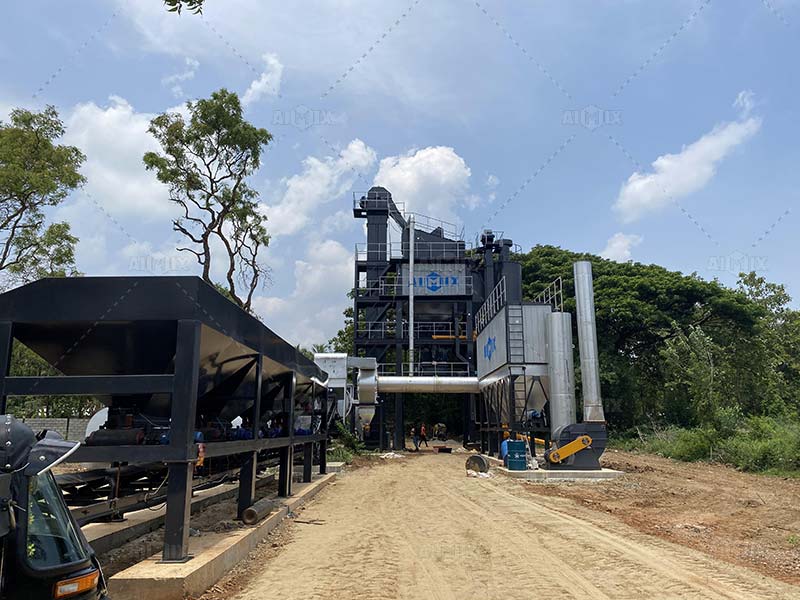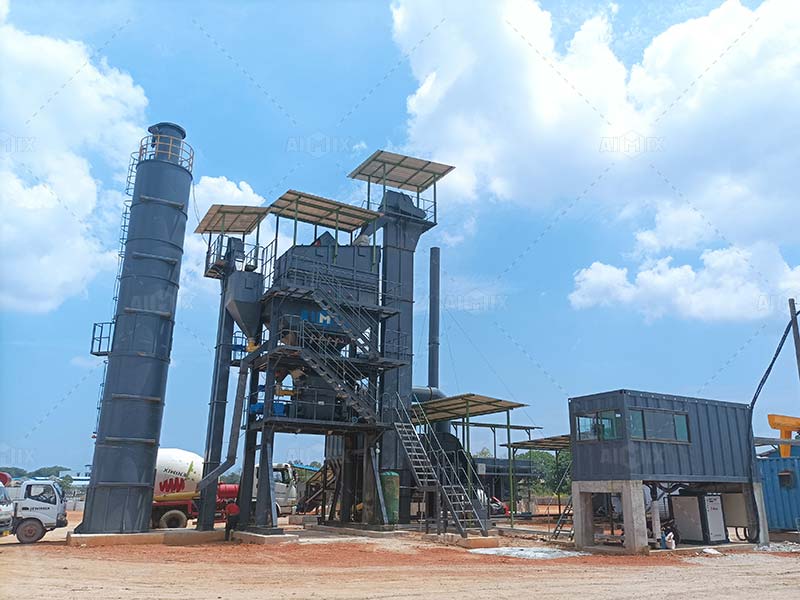Innovations in road construction have never been more crucial, and at the heart of this transformation is the asphalt mixing plant layout. This article delves into the multifaceted world of asphalt mixing plants, exploring the latest trends in their design and the profound impact they have on modern roadwork.
Optimizing Footprint: Space-Efficient Layouts
1.1. Compact Layouts for Urban Spaces
As urbanization continues to surge, asphalt mixing plants must adapt to limited space constraints. Compact asphalt mixing plant layout is the answer, achieving more with less. These designs leverage vertical storage, precise material handling, and reduced environmental impact.

1.2. Environmental Integration
Modern asphalt plants are no longer the environmental hazards of yesteryears. Innovations in emissions control, noise reduction, and dust management have paved the way for integrated and eco-friendly plant layouts.
Automation Advancements: Streamlining Operations
2.1. Automated Material Handling
Efficiency reigns supreme, and automation is the key. Advanced material handling systems streamline the flow of raw materials and finished products, reducing labor costs and increasing output. More info about asphalt plants here: https://aimixasphaltplant.com/asphalt-drum-mix-plant/.

2.2. Real-time Monitoring and Control
Thanks to sophisticated sensors and control systems, asphalt mixing plants can now be remotely monitored and adjusted. Real-time data analysis ensures that operations are consistently optimized, resulting in higher-quality output.
Versatility and Mobility: Tailored Solutions
3.1. Portable Asphalt Mixing Plants
Roadwork is no longer confined to fixed locations. Portable asphalt plants for sale are gaining ground, offering flexibility and cost savings. These mobile units are a game-changer for remote or short-term projects.
3.2. Customizable Layouts
One size doesn’t fit all. Customizable plant layouts cater to the specific needs of each project, optimizing the mix of ingredients, production capacity, and energy consumption. This tailored approach results in more efficient roadwork.
Conclusion
In the ever-evolving world of road construction, the asphalt mixing plant layout stands as a beacon of transformation. The optimization of space, integration of eco-friendly practices, automation of operations, and customization of tar mixing plant layouts are shaping the future of roadwork. As the road ahead unfolds, embracing these innovations is not just an option but a necessity to meet the demands of a modern, efficient, and sustainable roadwork industry.
